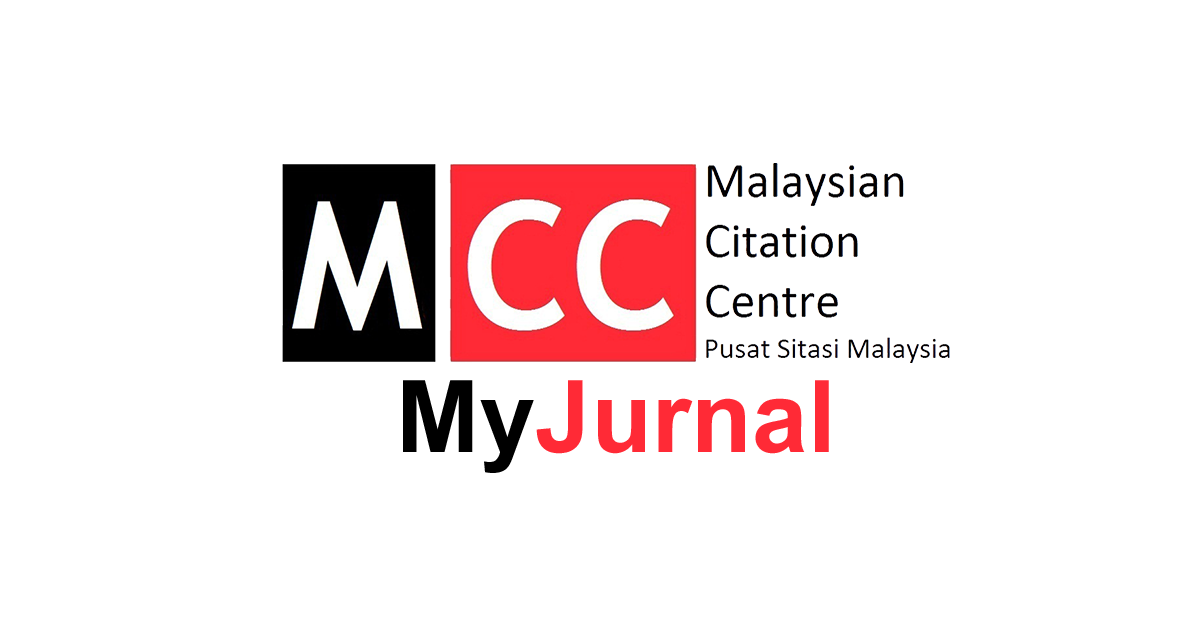An AN ANALYTICAL HIERARCHY PROCESS (AHP) APPROACH FOR SELECTION OF OFFSHORE SUPPLY BASES: KEMAMAN VERSUS TOK BALI IN MALAYSIA
DOI:
https://doi.org/10.46754/jml.2024.08.004Keywords:
Offshore Supply Base, Comparative Analysis, analytical hierarchy process (AHP), Kemaman supply base (KSB), Tok Bali supply base (TBSB)Abstract
This paper explores and identifies a key element in the offshore supply chain and the oil and gas industry, the offshore logistic system, which includes offshore supply bases. This shore supply base is the logistics hub for all drilling and oil and gas activity. It functions as a central warehouse and a forward base for supplying cargo and needed supplies to offshore installations, and it offers critical services to facilitate offshore operations. Because of its advantageous position in Southeast Asia, Malaysia has become a prominent participant in the worldwide oil and gas sector. The nation’s offshore supply bases, with oil and gas platforms operating in different locations along the eastern shores, have become crucial centres for the sector. This study aims to identify the key factors in supply base selection by oil and gas operators by performing a comparative analysis of two significant offshore supply bases in Malaysia, specifically Kemaman and Tok Bali. The analytical hierarchy process (AHP) has been used for stakeholders to make multi-criteria decisions. The method will prioritise four main criteria for supply base selection: Geographical location of Offshore Supply Base, Infrastructure and facilities, services provided and charges, and Regulatory considerations were used with twelve sub-criteria to ascertain which supply base is most favourably situated to meet the increasing demands of the oil and gas industry in the region, all of which determine the operational efficiency and cost-effectiveness of offshore operations. The analysis revealed that the Geographical component is the most significant, followed by Facilities and infrastructure, Service and costs, and Regulatory, respectively. Based on the score, the attribute with the highest level of importance is the Distance to MTJDA & MVCAA (Northern Section) Oil & Gas Platform. This is followed by Service, Berth facilities, Distance to the oil and gas Platform at Terengganu Water (Southern Section), Outsourced / Inland Area, Warehousing, Storage Facilities, Crew Change, Customs, Charges, Port Authority, and ISPS compliances in that order. The findings of this study will aid oil and gas companies and players in making informed decisions regarding the selection of onshore supply bases. By examining the factors influencing the choice of supply base and their respective advantages, companies can make informed decisions that contribute to their overall success in a competitive global market.
References
Unavailable
Downloads
Published
How to Cite
Issue
Section
License
Copyright (c) 2024 Journal of Maritime Logistics

This work is licensed under a Creative Commons Attribution 4.0 International License.









